14 Beautiful Flowering Vines That Return Every Year Without Replanting
Perennial flowering vines are a great way to add lasting beauty and color to any garden. These vines return yearly by growing back from their root systems, making them a low-maintenance choice for gardeners. They can cover fences, walls, and trellises with vibrant blooms and lush foliage through multiple seasons. Choosing perennial vines helps ensure a reliable display of flowers without the need for replanting each year.
This post may contain affiliate links, which helps keep this content free. Please read our disclosure for more info.
Clematis
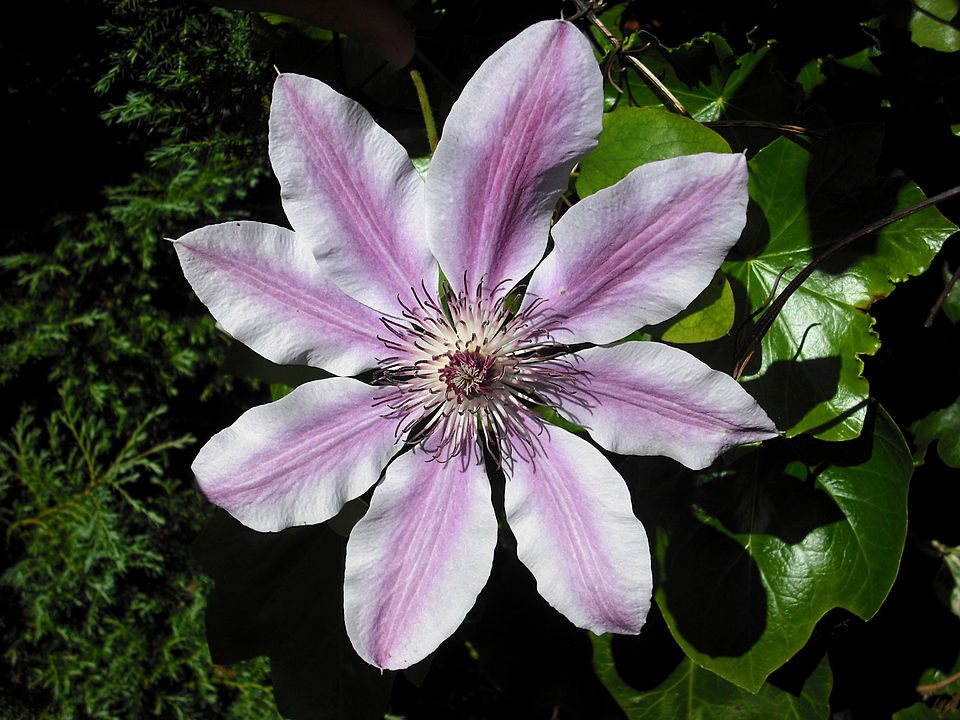
Clematis is a gardener’s favorite for its large, vibrant flowers and climbing habit. This perennial vine regrows from its roots every spring, allowing it to bloom year after year. Clematis thrives in well-drained soil and prefers its roots to stay cool while its vines reach for the sun. Many varieties produce flowers in shades ranging from deep purple to bright white, making them a versatile choice for adding color to fences or trellises. Its perennial nature means that, once established, it requires little replanting and will continue to beautify gardens for many seasons.
Because clematis returns each year from its root system, it can survive through winter dormancy and emerge anew in spring. This resilience helps it withstand cold temperatures and occasional dry spells. Proper pruning and care encourage vigorous growth and abundant flowering. Overall, clematis combines hardiness with eye-catching blooms, making it a reliable perennial vine for any garden setting.
Honeysuckle (Lonicera)
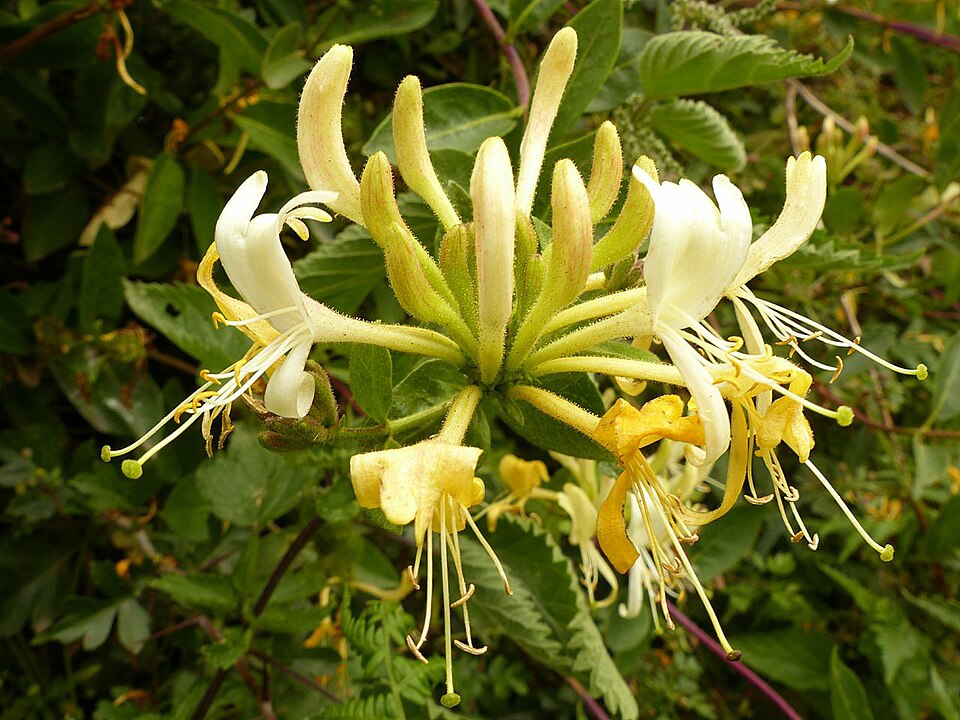
Honeysuckle vines are well-known for their sweet fragrance and delicate tubular flowers. These vines come back every year because they grow from deep root systems that store energy during dormant seasons. Their ability to regrow annually makes them a dependable choice for creating natural privacy screens or attracting pollinators such as hummingbirds and bees. Honeysuckle vines can adapt to a variety of soil types, as long as they have good drainage and moderate moisture.
Their perennial growth habit allows them to cover structures quickly, offering lush green foliage and bursts of colorful blooms from late spring through summer. The flowers range in color from creamy white to soft pink and bright yellow. Because they return each season, gardeners can enjoy their beauty and scent year after year without replanting. This natural cycle helps honeysuckle maintain a strong presence in landscapes where climbing vines are desired.
Trumpet Vine (Campsis radicans)
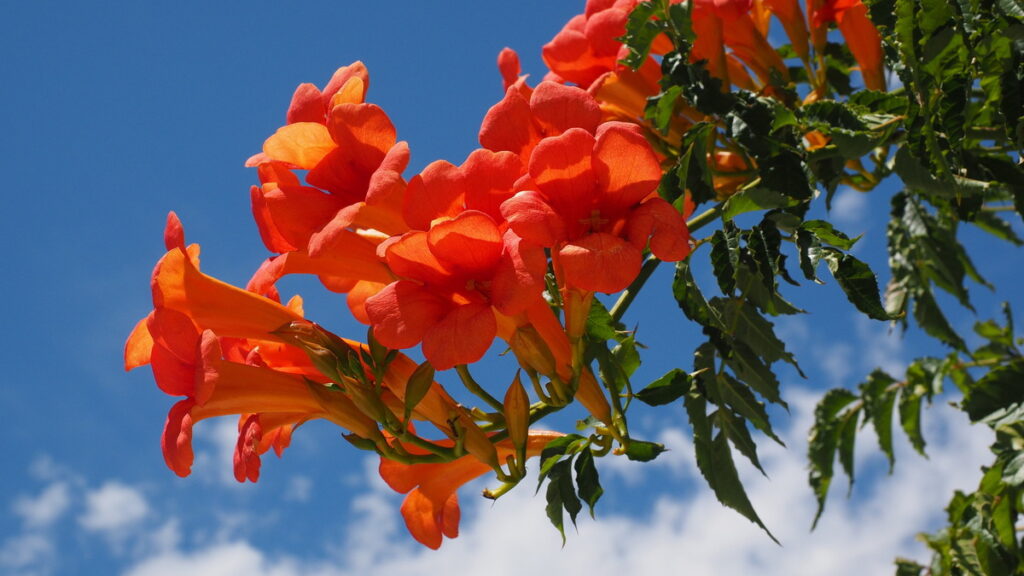
The trumpet vine is recognized for its bright orange or red trumpet-shaped flowers that attract hummingbirds and butterflies. This vine is perennial because it survives through underground roots that send up new shoots every spring. Trumpet vines can grow aggressively, which makes them excellent for quickly covering walls, fences, or arbors. Once established, they require little maintenance aside from occasional pruning to keep their size in check.
Its perennial nature allows it to thrive in many climates, enduring cold winters by retreating to its root base. The vine’s deep roots store nutrients that support regrowth and flowering each year. Trumpet vines are tough plants, able to tolerate various soil conditions and resist drought once mature. This combination of durability and showy flowers makes trumpet vine a popular choice for gardeners looking for long-lasting, eye-catching vines.
Passionflower (Passiflora)
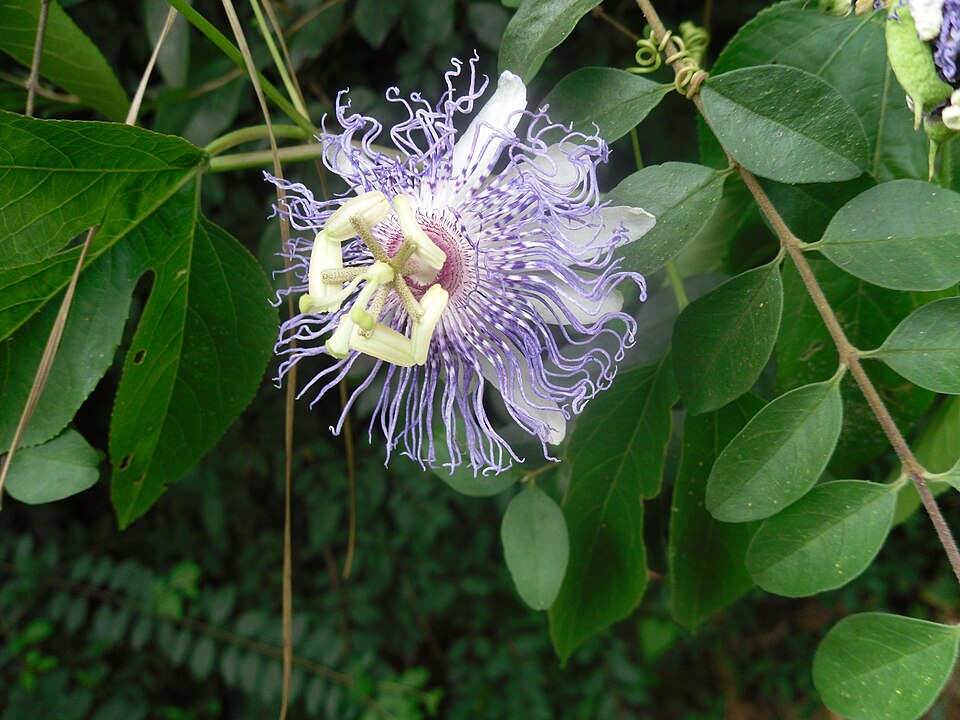
Passionflower is a unique perennial vine known for its intricate, exotic-looking flowers. It returns year after year by regrowing from roots that survive winter frost in suitable climates. Passionflower vines climb by twining tendrils and can quickly cover trellises or fences. Their beautiful blooms, often purple and white, add a tropical flair to gardens while attracting butterflies and bees.
As a perennial, passionflower does not need to be replanted each year, saving gardeners time and effort. Its roots remain alive and store energy through cold seasons, allowing the vine to emerge fresh each spring. Depending on the variety, some passionflowers can tolerate mild frost, while others thrive in warmer zones. Their continuous return from the ground makes them a charming and reliable choice for perennial flowering vines.
Climbing Hydrangea (Hydrangea anomala petiolaris)
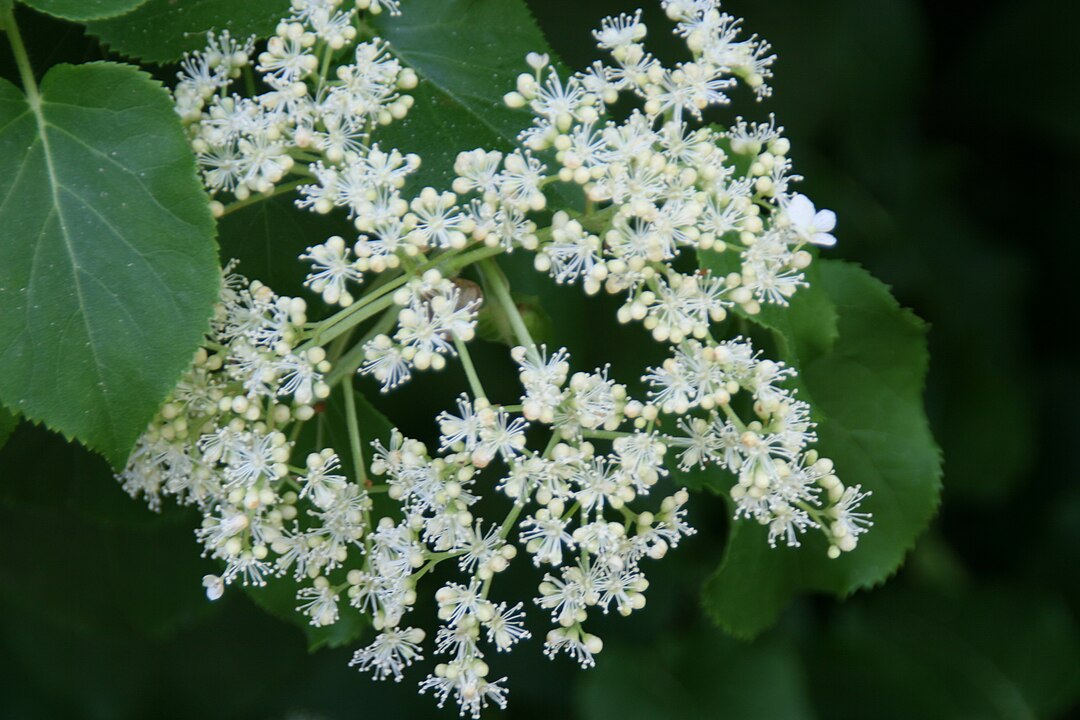
Climbing hydrangea stands out with its large lace-cap flower clusters and ability to cling to surfaces with aerial rootlets. This vine is perennial because its root system lives through winters and sends up new growth in spring. It prefers partial to full shade and moist, well-drained soil. The flowers are white and bloom in late spring or early summer, adding a soft, elegant look to walls or fences.
Because it returns annually, climbing hydrangea can establish a strong, dense cover over time. It grows slowly but steadily, and its leaves turn a bright green in summer and yellow in fall. Its hardy root system helps it survive colder climates and seasonal changes. Gardeners appreciate climbing hydrangea for its dependable growth cycle and its ability to provide year-round interest with its textured bark and lush foliage.
Sweet Autumn Clematis (Clematis terniflora)

Sweet autumn clematis is known for its fragrant white flowers that bloom in late summer to fall. This vine is a perennial that grows from roots that remain alive underground through the winter months. It is fast-growing and can cover large areas quickly, making it useful for screening or decorating arbors. The vine’s strong root system stores nutrients, which support vigorous growth each spring.
Its perennial nature means the plant does not need to be replanted and will return season after season. Sweet autumn clematis thrives in full sun to partial shade and tolerates a wide range of soils. The plant’s abundant blooms attract pollinators and add a fresh scent to the garden. Its ability to come back reliably each year makes it a popular choice for gardeners looking for flowering vines with a dependable life cycle.
Virginia Creeper (Parthenocissus quinquefolia)
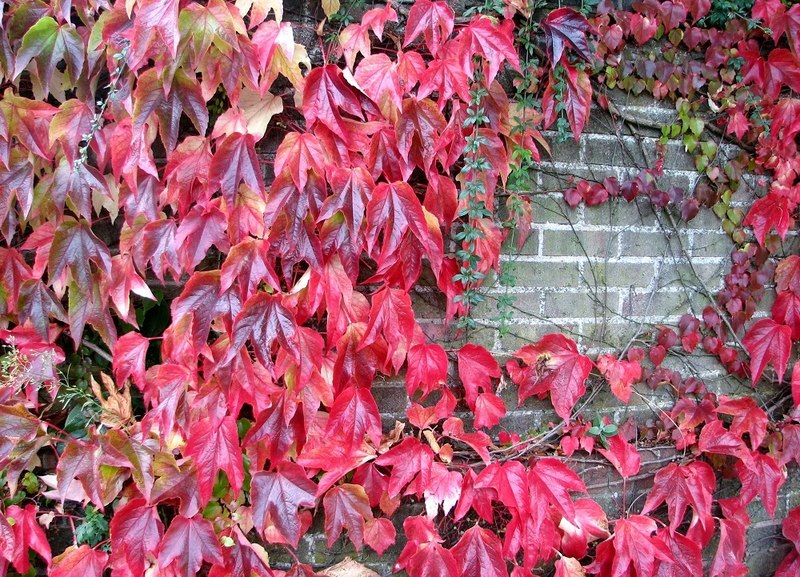
Virginia creeper is a fast-growing perennial vine famous for its stunning fall foliage that turns bright red. It grows back every year by sending up new shoots from a strong root system. This vine climbs using small adhesive pads that allow it to cover walls, fences, and trees with ease. It thrives in many soil types and light conditions, from full sun to shade.
The root system ensures that Virginia creeper survives cold winters and comes back each spring ready to grow again. Its ability to regenerate from the roots makes it low-maintenance and long-lasting in the landscape. The vine’s vibrant leaves and ability to cover large spaces quickly make it a favorite for adding color and texture year-round. Gardeners appreciate how dependable it is, especially for naturalizing large areas or softening harsh structures.
Black-eyed Susan Vine (Thunbergia alata)
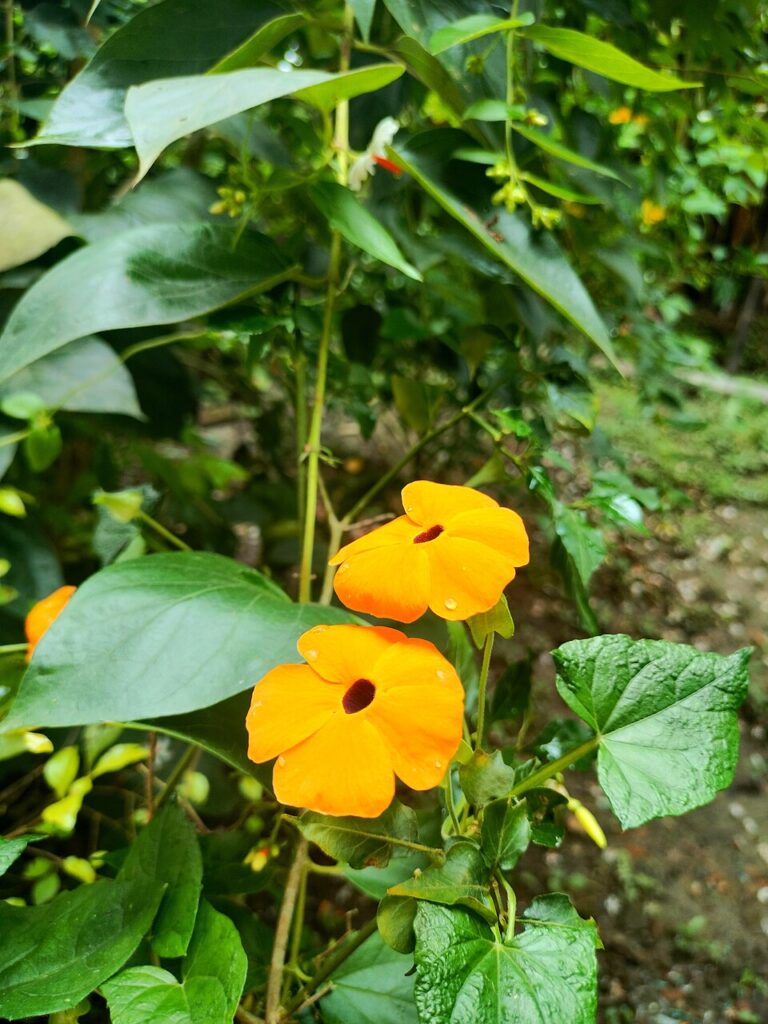
Black-eyed Susan vine is a lively perennial vine that brightens gardens with its cheerful orange, yellow, or white flowers marked by a dark center. It returns year after year by growing back from underground roots that survive the cold months. This vine climbs by twining around supports and grows well in full sun to partial shade.
Its perennial root system stores energy to fuel new growth each spring, allowing gardeners to enjoy its bright blooms season after season without replanting. Black-eyed Susan vine grows quickly and can add vibrant color to trellises, fences, or containers. Its resilience and ability to regrow make it a popular choice for gardeners who want eye-catching flowering vines that last over time.
Dutchman’s Pipe (Aristolochia macrophylla)

Dutchman’s pipe is a perennial vine valued for its large, heart-shaped leaves and unusual pipe-shaped flowers. It regrows each spring from a deep root system that stays alive underground through the winter. This slow-growing vine can cover shaded walls or fences and provides dense foliage for privacy.
Because its roots persist year after year, Dutchman’s pipe can survive cold winters and continue to thrive for decades. The vine prefers moist, well-drained soil and partial to full shade. Its perennial growth habit allows it to maintain strong growth and develop thick coverage over time. Gardeners enjoy Dutchman’s pipe for its unique flowers and reliable return every spring.
Coral Honeysuckle (Lonicera sempervirens)
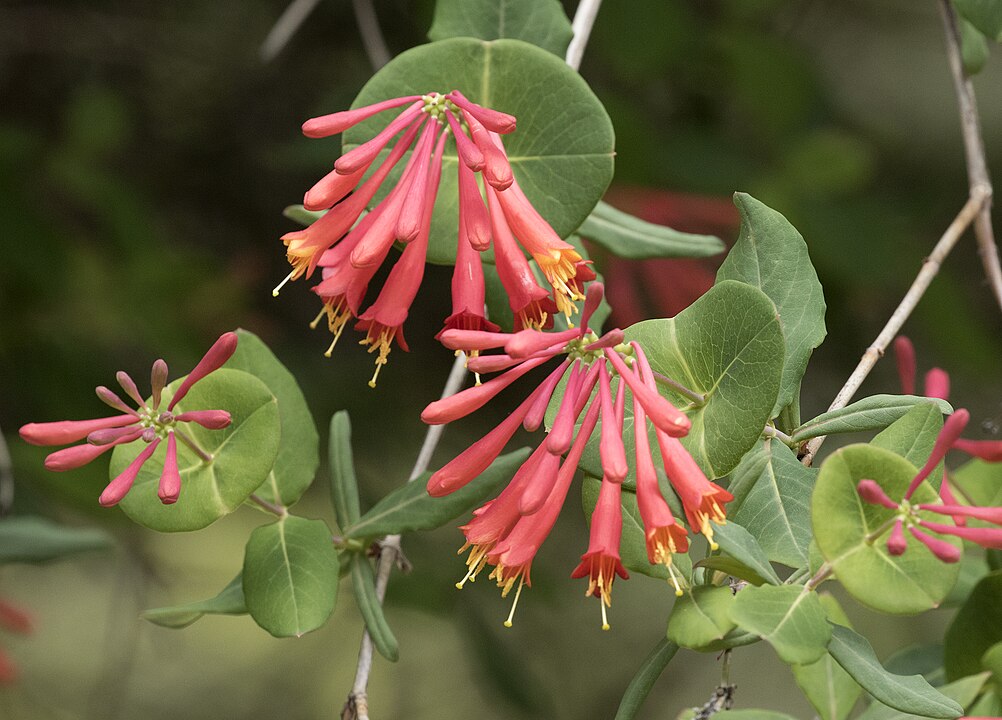
Coral honeysuckle is a perennial flowering vine that produces bright red or coral-colored tubular flowers throughout the growing season. It grows back every year from roots that survive winter dormancy, making it a dependable plant for long-term planting. This vine attracts hummingbirds and butterflies, adding lively activity to gardens.
Coral honeysuckle prefers well-drained soil and full sun to partial shade. Its perennial root system allows it to withstand cold weather and return each spring to grow fresh vines and flowers. The vine’s vibrant blooms and climbing habit make it an excellent choice for fences or trellises. Its ability to come back annually means gardeners can enjoy its beauty without needing to replant.
Star Jasmine (Trachelospermum jasminoides)
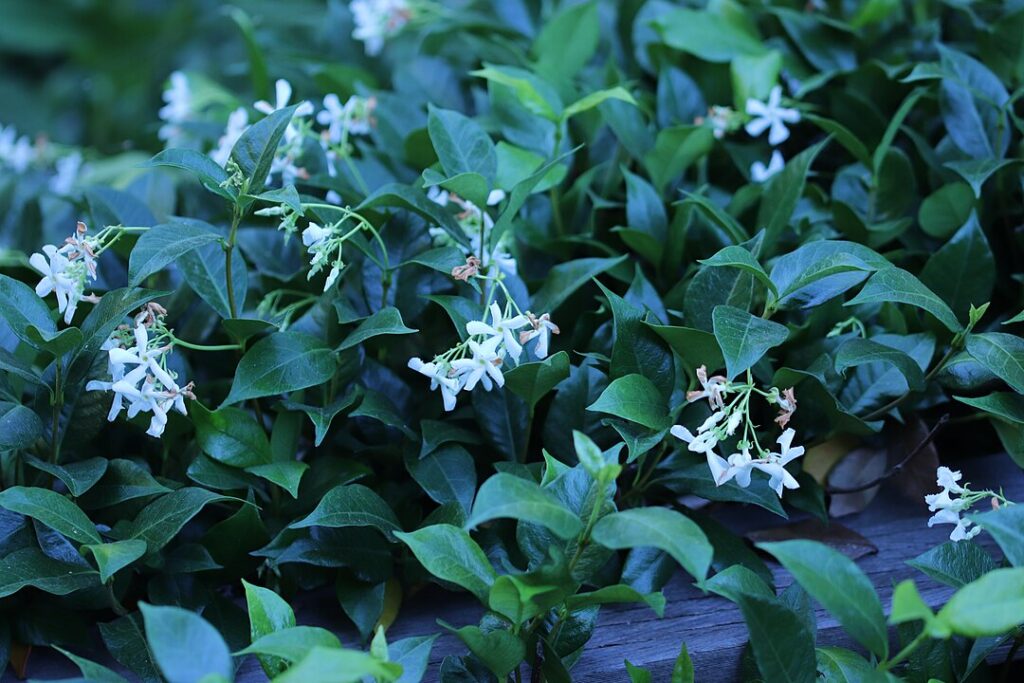
Star jasmine is an evergreen perennial vine known for its fragrant white flowers and glossy green leaves. It regrows from a root system that survives winter, allowing it to return year after year in suitable climates. This vine climbs by twining and can cover walls, fences, or pergolas with thick, aromatic foliage.
Its perennial nature means star jasmine can live for many years, continually sending up new growth each spring. It prefers well-drained soil and full sun to partial shade. The flowers bloom in late spring or early summer, filling the air with a sweet scent. Gardeners favor star jasmine for its lasting green leaves and dependable flowering season after season.
Coral Vine (Antigonon leptopus)
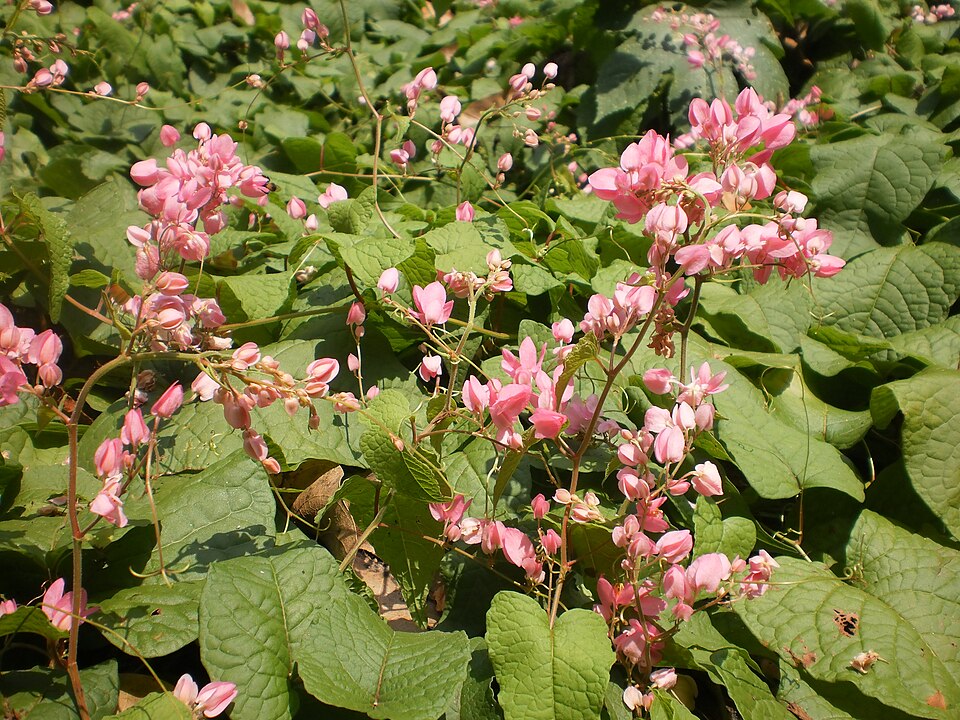
Coral vine is a vigorous perennial climber that produces clusters of bright pink or coral flowers. It returns each year by sending up new shoots from a strong root system. This fast-growing vine can quickly cover fences, trellises, or walls with a burst of colorful blooms.
The roots allow the coral vine to survive winter and drought conditions, coming back fresh each growing season. It thrives in full sun and prefers well-drained soil. The flowers attract bees and butterflies, making it a lively addition to gardens. Its ability to grow back annually with little effort makes the coral vine a popular choice for gardeners seeking eye-catching vines that last.
Climbing Roses
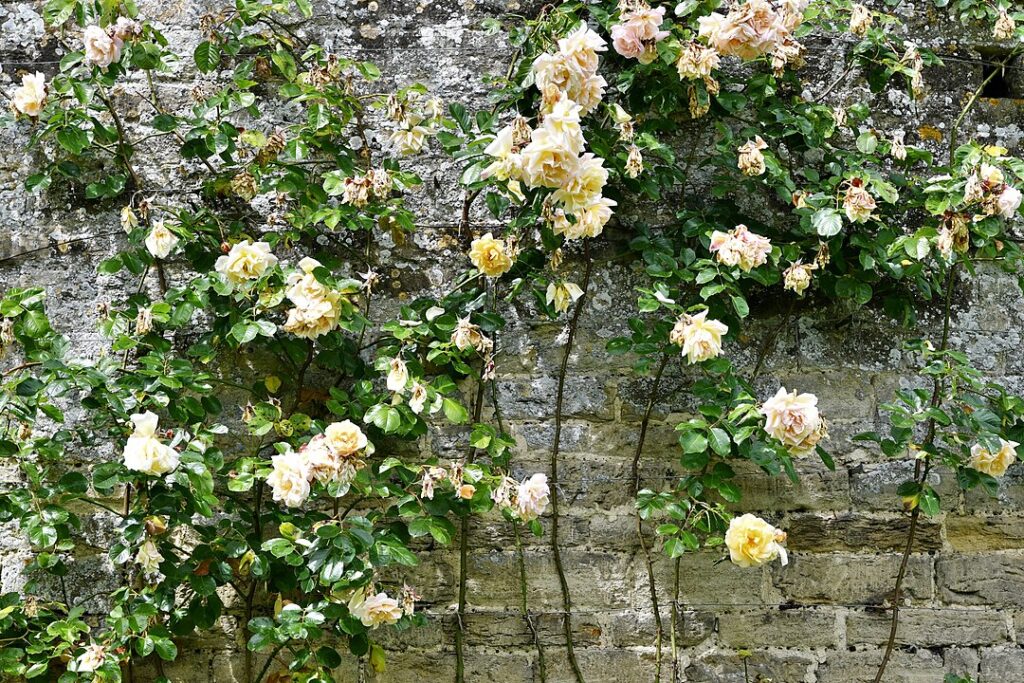
Climbing roses are perennial vines that grow long canes and produce fragrant, colorful flowers year after year. Their roots live underground through cold seasons, ensuring the plant will regrow each spring. Climbing roses need support structures like trellises or fences to spread their blooms vertically.
Because their root systems remain healthy during winter, climbing roses can develop larger plants and more flowers over time. They require regular pruning to maintain shape and encourage growth. Their ability to come back each year with stunning blooms makes them a favorite among gardeners who want a classic, fragrant climbing vine that lasts.
Wisteria
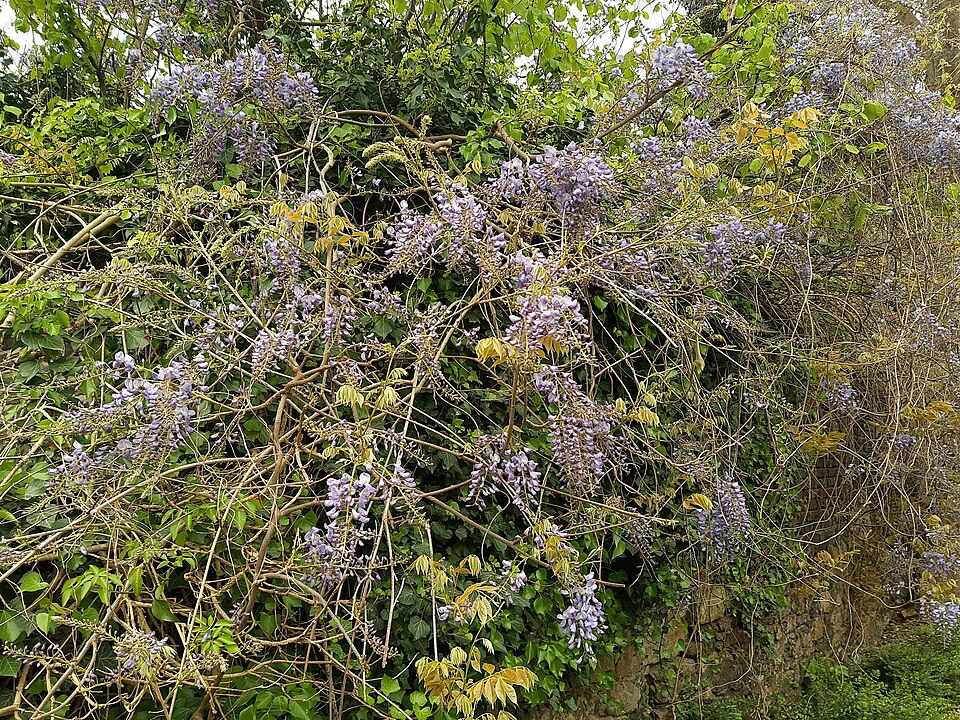
Wisteria is a woody perennial vine prized for its cascading clusters of fragrant purple or white flowers. It regrows each spring from a strong root system that endures cold winters underground. This vine can grow quite large and heavy, often requiring sturdy support like pergolas or arbors.
The root system stores energy during dormancy, fueling rapid spring growth and prolific blooming. Wisteria takes time to mature but can live for decades once established. Its perennial nature allows it to come back reliably every year with spectacular flower displays. Gardeners appreciate wisteria for its timeless beauty and lasting presence in the landscape.
This article originally appeared on Avocadu.
